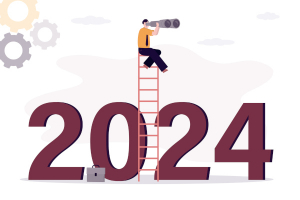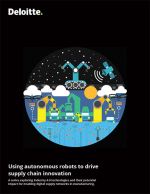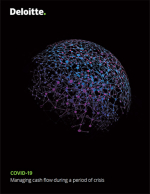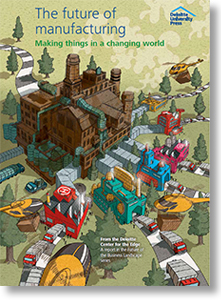The Future of Manufacturing: Making Things in a Changing World
The manufacturing landscape is facing dramatic changes, creating and capturing value in this new environment will require understanding the factors driving change in specific manufacturing sectors, focusing on activities that convey a structural advantage, leveraging the skills and capabilities of third parties, fundamentally rethinking business models, and identifying influence points.
Manufacturing is no longer simply about making physical products.
Changes in consumer demand, the nature of products, the economics of production, and the economics of the supply chain have led to a fundamental shift in the way companies do business.
Customers demand personalization and customization as the line between consumer and creator continues to blur.
Added sensors and connectivity turn “dumb” products into “smart” ones, while products increasingly become platforms - and even move into the realm of services.
As technology continues to advance exponentially, barriers to entry, commercialization, and learning are eroding.
New market entrants with access to new tools can operate at much smaller scale, enabling them to create offerings once the sole province of major incumbents.
While large-scale production will always dominate some segments of the value chain, innovative manufacturing models - distributed small-scale local manufacturing, loosely coupled manufacturing ecosystems, and agile manufacturing - are arising to take advantage of these new opportunities.
Meanwhile, the boundary separating product makers from product sellers is increasingly permeable. Manufacturers are feeling the pressure - and gaining the ability - to increase both speed to market and customer engagement.
And numerous factors are leading manufacturers to build to order rather than building to stock. In this environment, intermediaries that create value by holding inventory are becoming less and less necessary.
Together, these shifts have made it more difficult to create value in traditional ways. At the same time, as products become less objects of value in their own right and more the means for accessing information and experiences, creating and capturing value has moved from delivering physical objects to enabling that access.
These trends can affect different manufacturing sectors at different rates. To determine the speed and intensity of the coming shifts in a particular sector, companies should consider factors including the extent of regulation, product size and complexity, and the sector’s level of digitization.
As these trends play out in a growing number of manufacturing sectors, large incumbents should focus more tightly on roles likely to lead to concentration and consolidation, while avoiding those prone to fragmentation.
The good news is that three roles driven by significant economies of scale and scope - infrastructure providers, aggregation platforms, and agent businesses - offer incumbents a solid foundation for growth and profitability.
Due to competitive pressures, large manufacturers may experience increasing pressure to focus on just one role, shedding aspects of the business that might distract from the company becoming world class in its chosen role.
The likely result is a significant restructuring of existing product manufacturers.
What’s Related




Favorites





